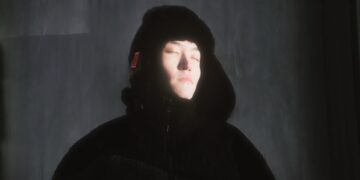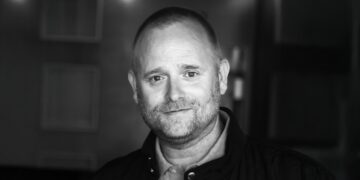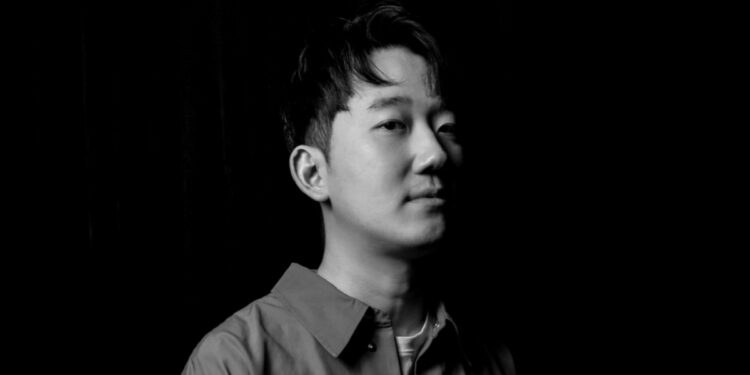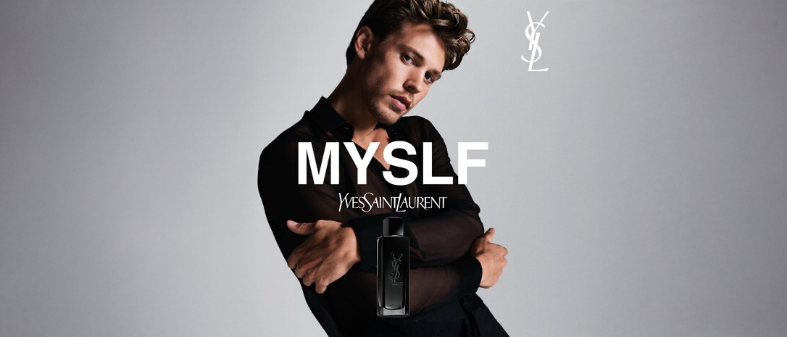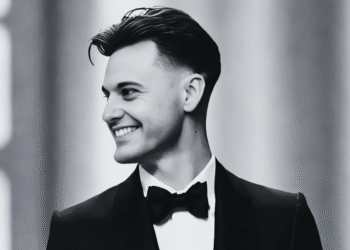When Jay Sung sits down to mix a track, he’s thinking about how this will feel to someone listening for the first time. It’s a question that’s guided his approach since switching from songwriting to Music Production & Engineering at Berklee College of Music, and it’s paid off. His mixes have now surpassed 20 million streams across projects spanning Korean R&B, Hong Kong pop, and Netflix drama soundtracks.
The numbers tell part of the story. Gareth.T’s “before you” has pulled in 8.6 million streams, while “colors” hit 2.9 million. Yel’s Perfect Blue era tracks, including “Tell Her,” “In My Room,” “When You Were Asleep,” “Found You,” and “He’s Something,” have reached over 5.5 million listeners combined. But what’s more interesting is how Sung approaches each project with fresh ears and a focus on what the music actually needs.
Take Hoody’s “Blind” from the Sailing album, which earned a nomination for Best R&B & Soul Album at the 21st Korean Music Awards. The track required preserving the intimacy in Hoody’s vocals while giving the instrumental room to breathe. That kind of balance is what separates a decent mix from one that actually connects. The guitar work, low end, and percussion are especially well executed, each element sitting exactly where it needs to be and serving the song’s distinct mood without getting in its own way.
Working with Yel presented different challenges. The Perfect Blue tracks needed to feel like they belonged together while still letting each song stand on its own. For “Tell Her,” the focus was on warm, dreamy guitar tones and crisp clarity across the board, bringing out the details in the vocal performance without squashing the dynamics. The track has real presence, the kind that translates well whether you’re listening on headphones or playing it through speakers. “When You Were Asleep” leans heavier on depth and bass, with plenty of space between elements that somehow makes everything feel fuller. The vocals stay defined but the atmosphere is even hazier, creating that feeling of being close and far away at once. Good mixing is about making those kinds of creative decisions that shape how a listener experiences the music. Sung’s work on this project really brings out what makes Yel’s sound distinct.
Gareth.T’s tracks needed a completely different touch. “Before you” is excels in layers and panning, creating depth without cluttering the mix. Gareth.T’s vocals sit front and center where they belong, with everything else working around them. It’s the kind of mix that demands careful attention to how frequencies interact and compete. “Colors” takes a different approach entirely. The track has this raw, intimate quality that still feels polished and radio-ready. It’s a tough balance to strike, making something feel close and personal without losing that professional sheen, but Sung pulled it off. The success of these tracks, which have surpassed 11 million streams combined, shows how adapting to what each artist needs makes a real difference.
Sung’s recent move into television soundtracks has opened up new creative territory. For Netflix’s The Potato Lab, he mixed two tracks, “Hailey” performed by lead actress Lee Sun Bin and “Like a Dream” by Cheeze. OST mixing comes with its own quirks. The music needs to work both as a standalone track and as something that’ll work underneath dialogue and sound effects in a scene. Sung had to think about how the mixes would translate in both contexts, making sure they had enough presence for streaming while leaving room for the show’s audio team to work with. This was his first collaboration with CJ ENM Studios, and he’s already got another OST project lined up with unreleased tracks for Transit Love Season 4.
His current work with Brody, an artist under Warner Music Korea, shows how the collaborative process works over time. When you’re working on a full album with someone, consistency matters. Sung has developed templates and workflows that help maintain a unified thread across multiple sessions while still giving each song its own personality. It’s a balancing act that comes from years of practice and listening.
That experience started after Berklee, when Sung went from intern to engineer at Cybersound Recording Studios, working across different genres and learning how to adapt to whatever the project demanded. He studied the work of top mixing engineers like Serban Ghenea, Josh Gudwin, Jaycen Joshua, Jon Castelli, and David “Yungin” Kim, not to copy what they do but to understand the thinking behind their decisions. Over time, he’s built his own methods, working with more than 170 collaborators including Justin Park, Kevin Chung, SIRUP, Yerin Baek, JUNNY, CHEEZE, pH-1, DAUL, CHANGMO, and g0nny.
What comes through when you look at Sung’s body of work is that he treats mixing as more than just technical problem-solving. It’s about creating space for the artist’s vision to come through clearly, where listeners can connect with the music without anything getting in the way. When a mix works, people don’t notice the mixing. They just feel the song. That’s the whole point.
For more on Jay Sung’s work, check out his Instagram or view his full professional credits.








